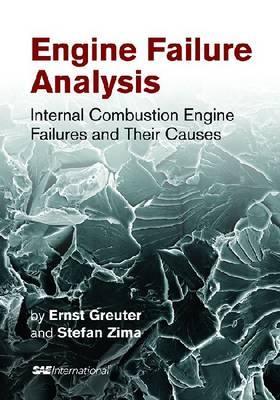Engine failures result from a complex set of conditions, effects, and situations. To understand why engines fail and remedy those failures, one must understand how engine components are designed and manufactured, how they function, and how they interact with other engine components. To this end, this book examines how engine components are designed and how they function, along with their physical and technical properties.
Translated from a popular German reference work, this English edition sheds light on determining engine failure and remedies. The authors present a selection of engine failures, investigate and evaluate why they failed, and provide guidance on how to prevent such failures. A large range of possible engine failures is presented in a comprehensive, readily understandable manner, free of manufacturer bias.
The scope of engines covered includes general-purpose engines found in heavy commercial vehicles, railway locomotives and vehicles, electrical generators, prime movers, and marine engines. Such engines are technical precursors to automotive engines.
This book is for all who deal with engine failures: those who work in repair shops, shipyards, engineering consultancies, insurance companies and technical oversight organizations, as well as R&D departments at engine and component manufacturers. Researchers, academics, and students will learn how even the theoretically impossible can-and will-happen.
